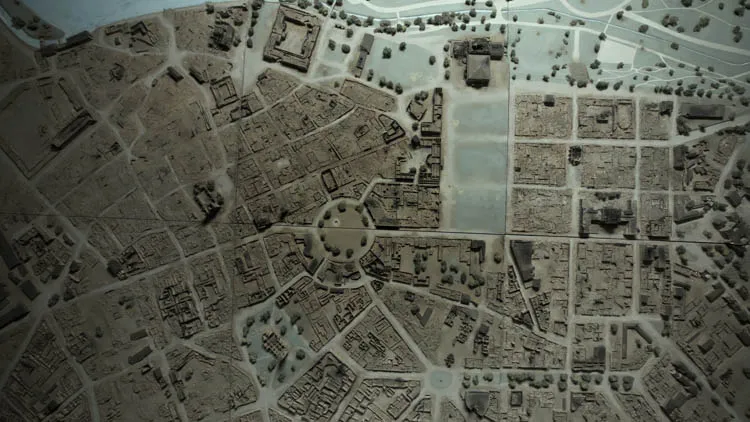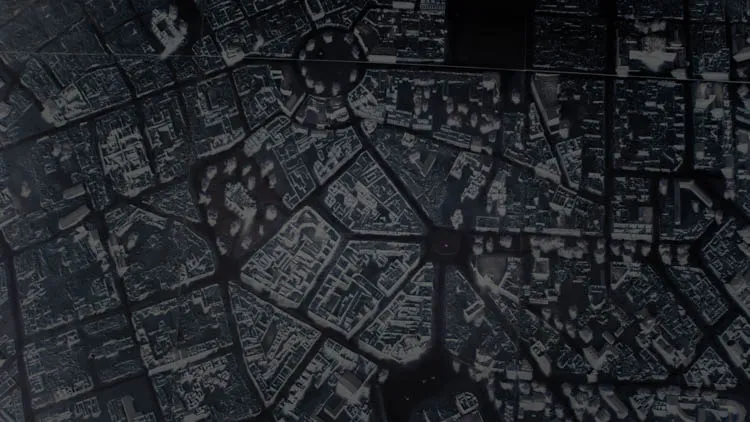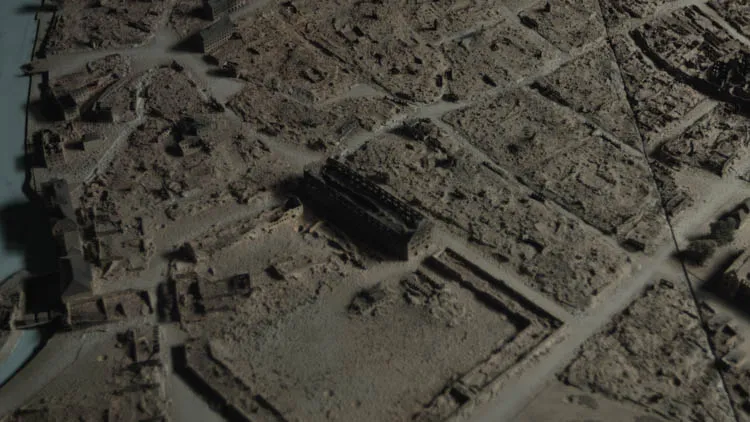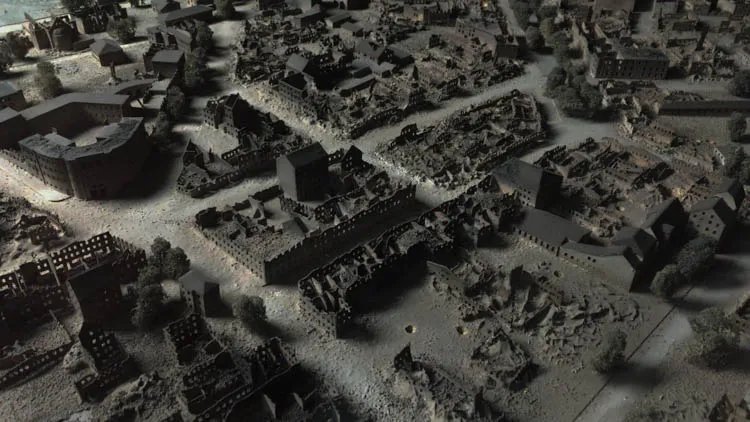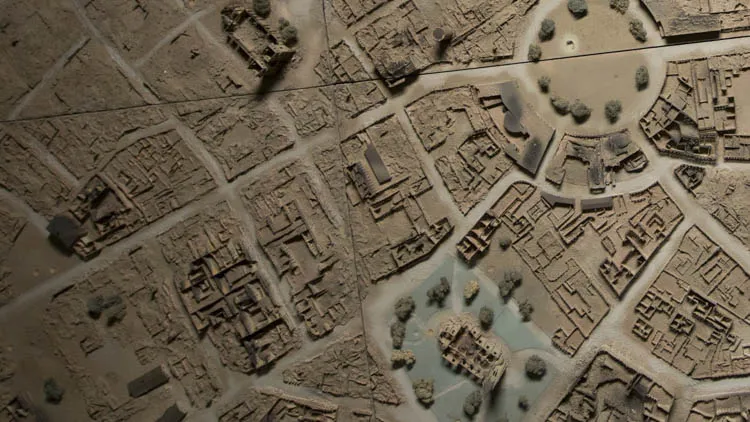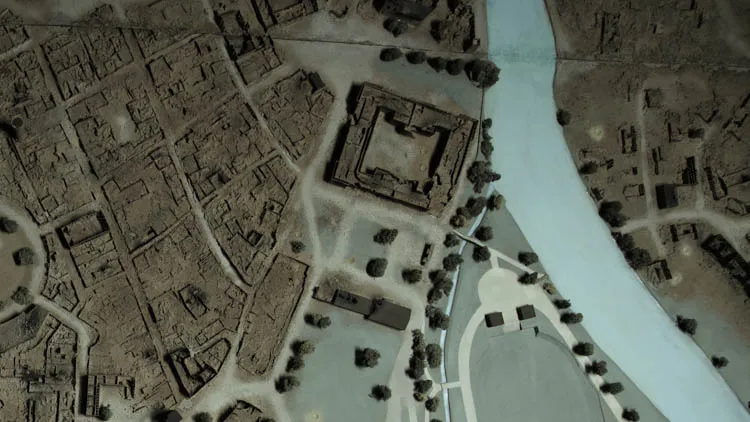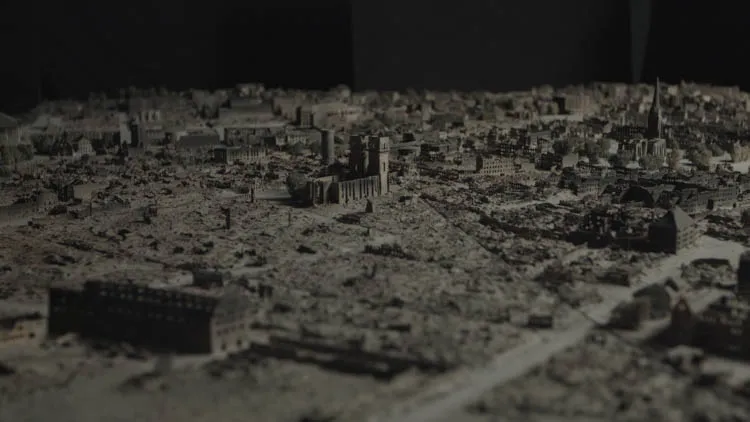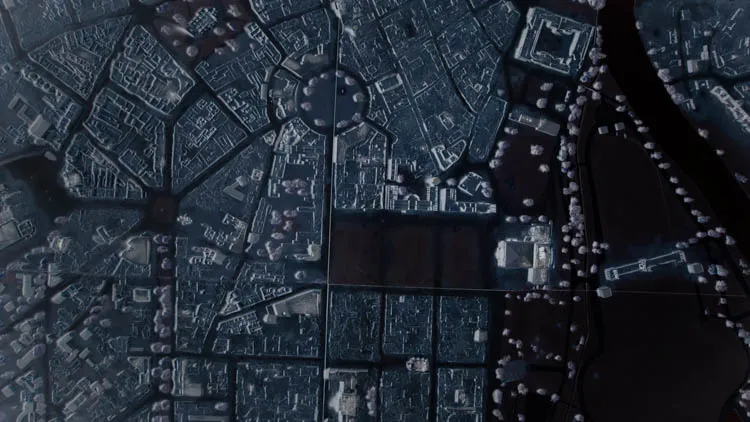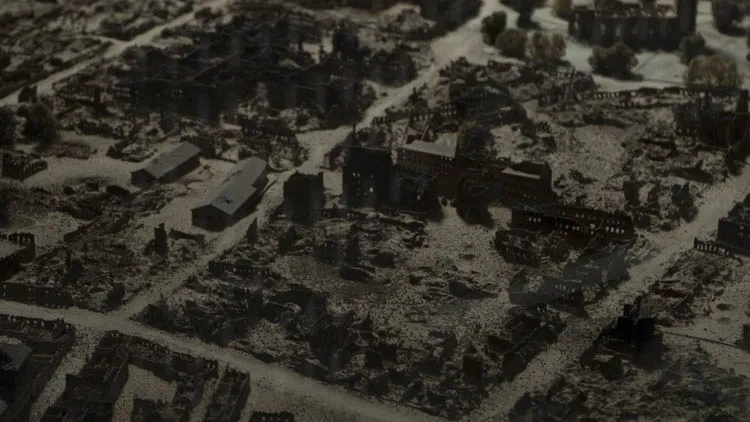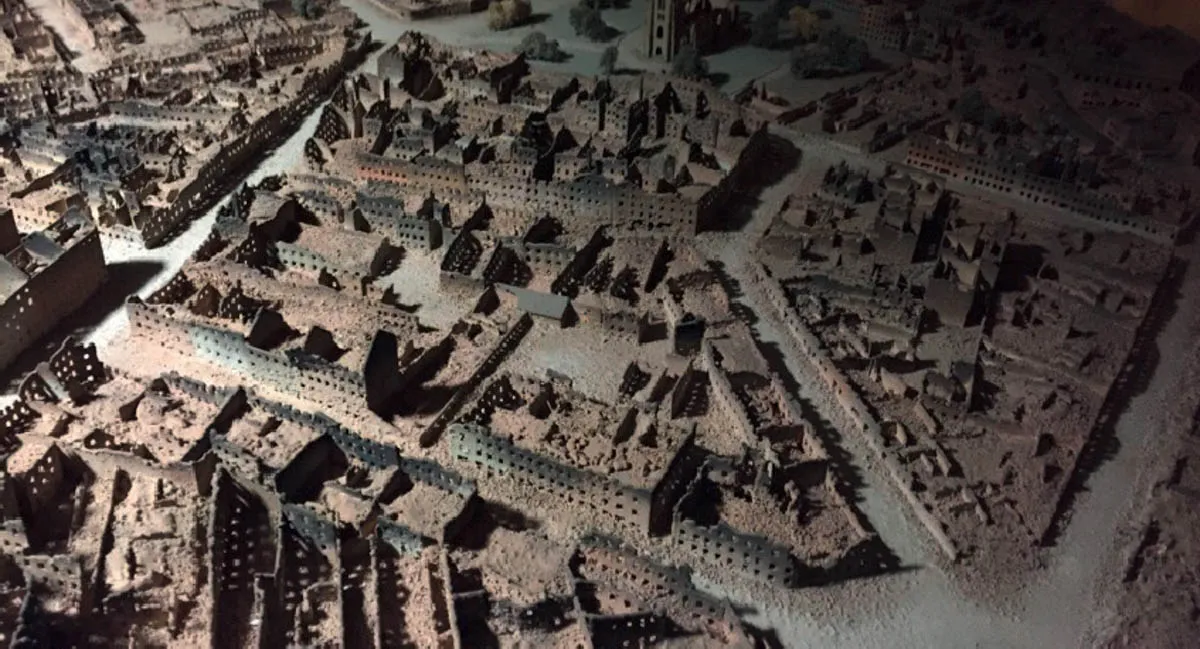
View From Above
For
View From Above is a story about someone who we can call M who undergoes interrogation to gain asylum. M tried to apply for asylum in one of the Schengen countries – let's call the country X. He was not aware that the city he came from was in the safe zone, according to the UN. He waited five years for a positive answer from country X, but unfortunately he got one negative answer after another, until he received the final rejection from X and was set to be deported back to his country. Back then, his country was still ruled by a dictator. As a deserter from the army, returning to his country was a dangerous proposition. After a while he managed to cross the border of X without legal papers and enter another country – let's call it XX – to apply for refugee status again. From that moment on he was a new person.
Before going for the interview, he spent weeks with people from a town in the unsafe zone. Let's call that town J. During this period, he started to draw a map of J, which he had never visited before. He wanted to know every corner of it – the names of all the streets, the schools, the major buildings, even the minor buildings. The people from J taught him everything and helped him draw the map of their town, all the while asking him questions to confirm that he had mastered everything about J.
When M finally had his interrogation interview, the official was quite surprised, even impressed. He asked M questions about the geography of the town, and compared M's answers to a map. M's answers demonstrated knowledge of J as it was seen from above. It took only twenty minutes for the official to grant M refugee status. Meanwhile, thousands of people who were actually from J and other cities in the unsafe zone waited as long as ten to fifteen years for the same thing, because their answers only demonstrated knowledge of their towns from the ground.
View From Above was presented at the Stadtmuseum in Kassel, not far from the museum's Trümmermodell which is a large-scale model from the 1950's depicting the destruction of Kassel post WW II. The juxtaposition of the Kassel model with the filmic content is meant to spark viewers' thinking about ruined empires and the absurdities of war. Both inane objects of representation, the map of J is a satirical testament to a forged migration, while the Trümmermodell glorifies Kassel's triumph over destruction in an encased glass box showcased in a museum.
Register (FL//051)
View From Above
Hiwa K
2017
1/5+2
1 channel video, color video, stereo audio
1920px x 1080px, 11'23"
